An interplay of light and shadows cast the docking ports for Gateway, humanity’s first space station around the moon, into sharp relief.
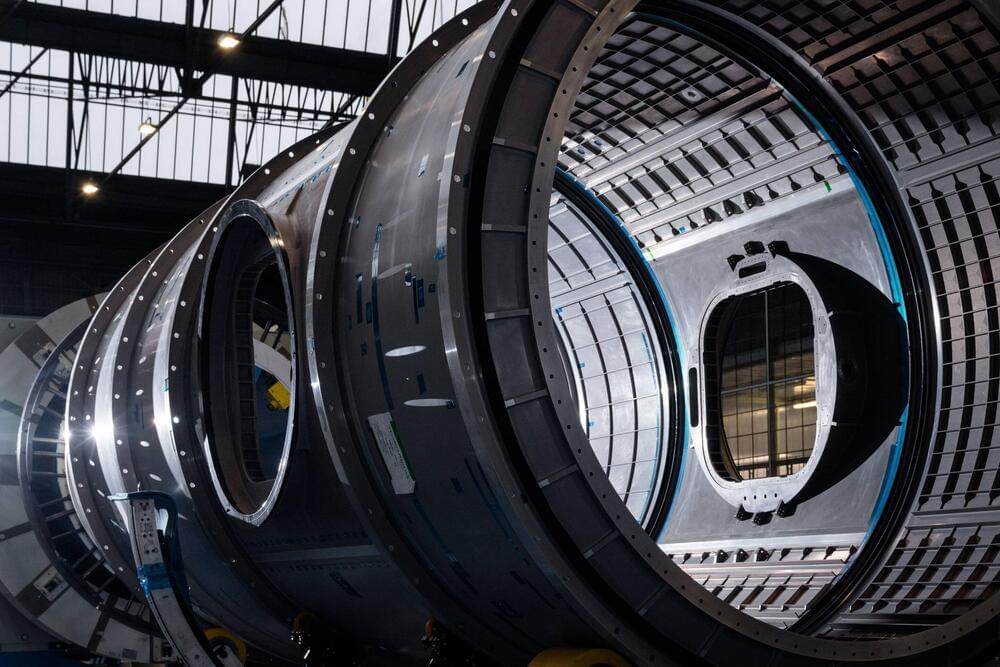

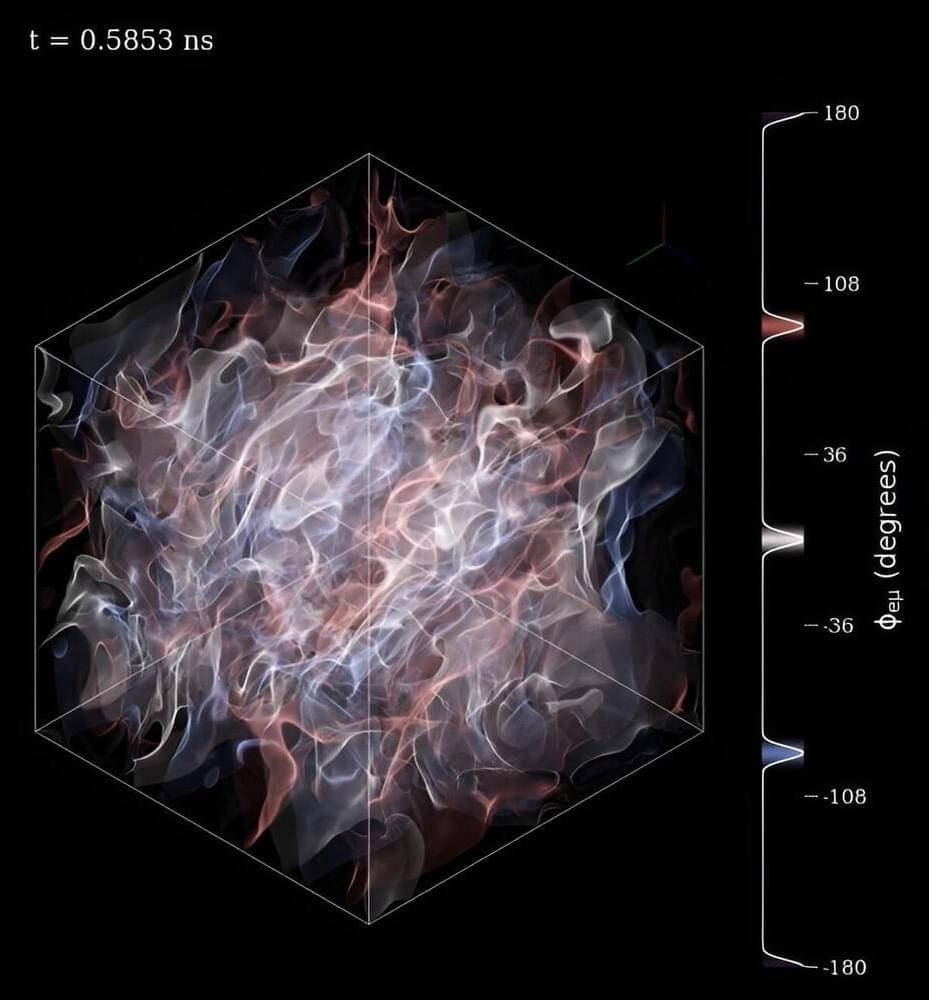
Neutrinos have a quantum mechanical property called “flavor.” This flavor can transform as neutrinos move through space. A major challenge is to keep track of both the physical movement of the neutrinos and their change of flavor in astrophysical systems such as core-collapse supernovae and neutron star mergers. The complicated arrangement and large number of neutrinos in these systems make it nearly impossible to follow all or even a subset of the neutrinos.
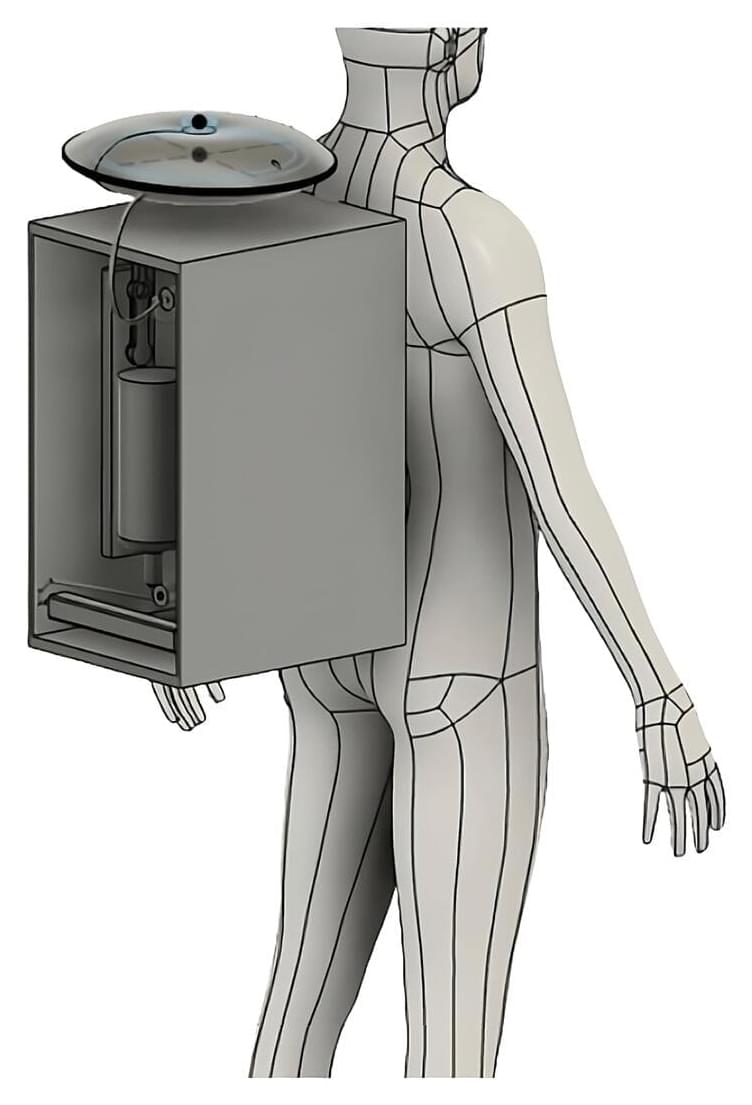

“This shows that you need the water there in order to form these materials,” said Dr. Anthony Feldman. “But it needs to be cold, near-freezing mean annual temperature conditions in order to preserve the amorphous material in the soils.”
What was ancient Mars like? Was it warmer and wetter than it is today or cold and icy like present day Mars? This is what a recent study published in Communications Earth & Environment hopes to address as a team of researchers comprised of NASA scientists and academics investigated whether past climates on Mars mirrored today’s climate or were much warmer and had liquid water. This study holds the potential to help researchers better understand the climate history of Mars and whether it had the necessary conditions to support life as we know it.
For the study, the researchers analyzed X-ray data of soil material, which the researchers refer to as “X-ray amorphous material”, obtained from NASA’s Curiosity rover in Gale Crater on Mars and compared it to similar material at sites on Earth located in Newfoundland, California, and Nevada using the same X-ray methods employed by the Curiosity rover.
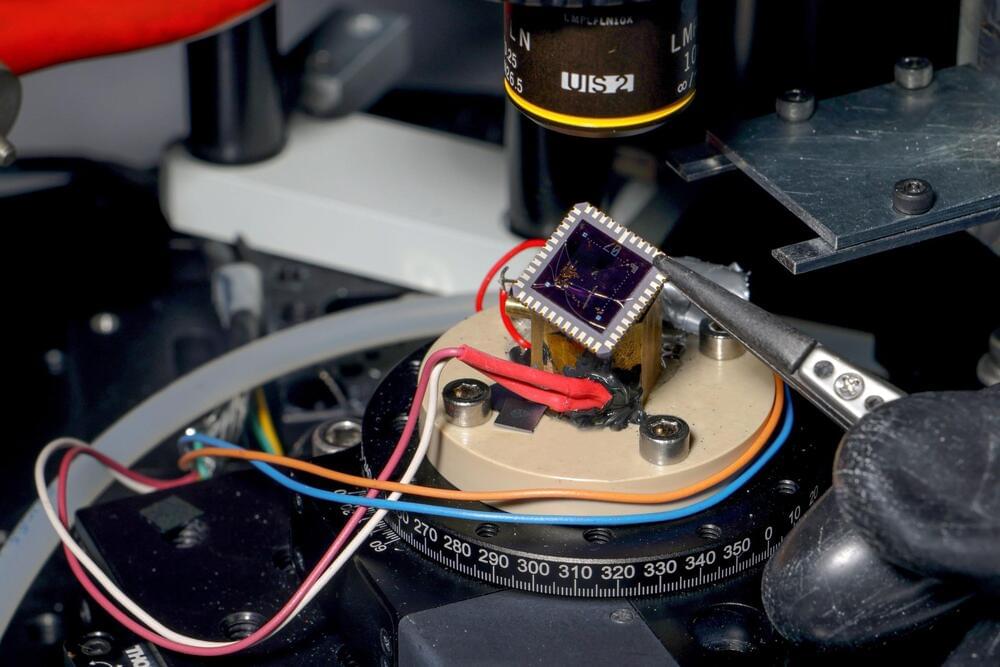
Engineers at EPFL have developed a device capable of transforming heat into electrical voltage efficiently at temperatures even colder than those found in outer space. This breakthrough could significantly advance quantum computing technologies by addressing a major obstacle.
To perform quantum computations, quantum bits (qubits) need to be cooled to temperatures in the millikelvin range (close to-273 degrees Celsius) to reduce atomic motion and minimize noise. However, the electronics used to control these quantum circuits generate heat, which is challenging to dissipate at such low temperatures. Consequently, most current technologies must separate the quantum circuits from their electronic components, resulting in noise and inefficiencies that impede the development of larger quantum systems beyond the laboratory.
Researchers in EPFL’s Laboratory of Nanoscale Electronics and Structures (LANES), led by Andras Kis, in the School of Engineering have now fabricated a device that not only operates at extremely low temperatures, but does so with efficiency comparable to current technologies at room temperature.
The idea of time travel has dazzled sci-fi enthusiasts for years. Science tells us that traveling to the future is technically feasible, at least if you’re willing to go near the speed of light, but going back in time is a no-go. But what if scientists could leverage the advantages of quantum physics to uncover data about complex systems that happened in the past?
New research indicates that this premise may not be that far-fetched. In a paper published June 27, 2024, in Physical Review Letters, Kater Murch, the Charles M. Hohenberg Professor of Physics and Director of the Center for Quantum Leaps at Washington University in St. Louis, and colleagues Nicole Yunger Halpern at NIST and David Arvidsson-Shukur at the University of Cambridge demonstrate a new type of quantum sensor that leverages quantum entanglement to make time-traveling detectors.
Murch describes this concept as analogous to being able to send a telescope back in time to capture a shooting star that you saw out of the corner of your eye. In the everyday world, this idea is a non-starter. But in the mysterious and enigmatic land of quantum physics, there may be a way to circumvent the rules. This is thanks to a property of entangled quantum sensors that Murch refers to as “hindsight.”

Using the High-Altitude Water Cherenkov (HAWC) observatory, an international team of astronomers has observed a very-high energy gamma-ray source designated TeV J2032+4130. Results of the observational campaign, presented July 3 on the preprint server arXiv, provide crucial information regarding the nature of this source.
Sources emitting gamma radiation with photon energies between 100 GeV and 100 TeV are called very-high energy (VHE) gamma-ray sources, while those with photon energies above 0.1 PeV are known as ultra-high energy (UHE) gamma-ray sources. The nature of these sources is still not well understood; therefore, astronomers are constantly searching for new objects of this type to characterize them, which could shed more light on their properties in general.
TeV J2032+4130 was identified in 2005 by the High Energy Gamma Ray Astronomy (HEGRA) experiment as the first VHE gamma-ray source in the TeV range with no lower-energy counterpart. Previous observations of TeV J2032+4130 have revealed that it consists of two sources, namely HAWC J2030+409 and HAWC J2031+415, which is coincident with a pulsar wind nebula (PWN).
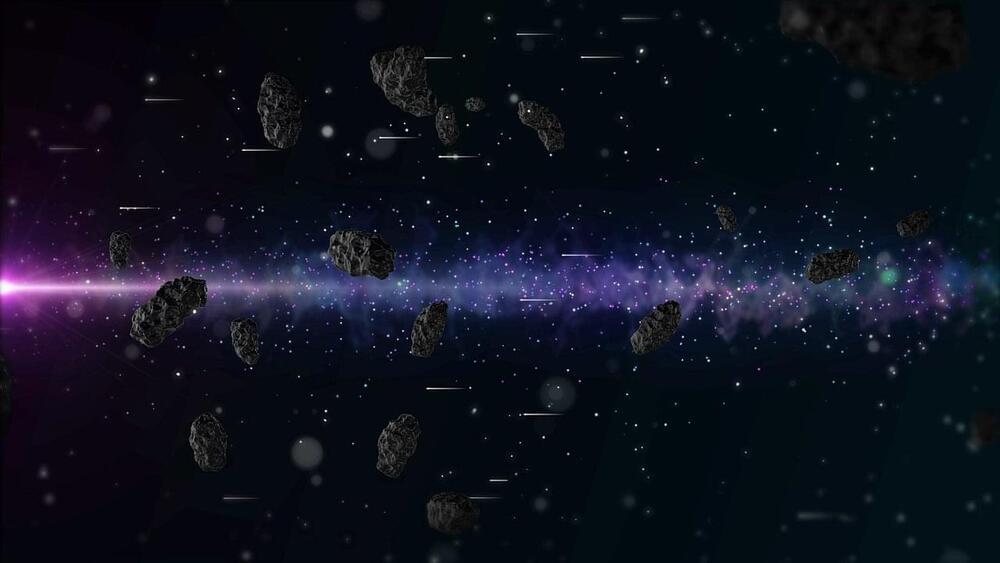
“We think these objects came from the inner and/or outer main asteroid belt, and the implication of that is that this is another mechanism for getting some ice into the inner solar system,” said Aster Taylor.
What are dark comets and how are they responsible for delivering water to the Earth? This is what a recent study published in Icarus hopes to address as a team of international researchers investigated the origins of dark comets and their evolution throughout the history of the solar system, including how much water they could have potentially brought to Earth in the past. This study holds the potential to help astronomers better understand dark comets and the formation and evolution of planetary bodies throughout the solar system.
Dark comets are often described as being a combination of asteroids and classified based on their unique behaviors, specifically their ability to accelerate without the aid of gravitational means, which researchers have previously hypothesized to be invisible gas jets emanating like traditional comets. Additionally, their physical characteristics consist of dark surfaces that could be hiding an icy subsurface, whereas traditional comets exhibit icy characteristics directly on their surface.
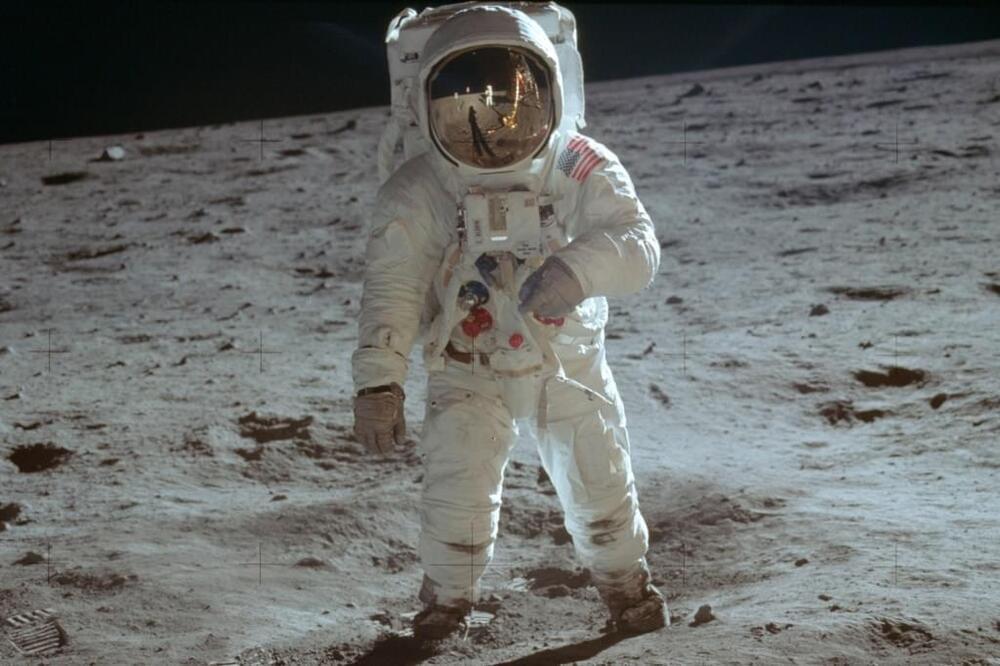
Edwin “Buzz” Aldrin, the Apollo 11 astronaut who became the second person to set foot on the moon during a mission that captivated the world in the summer of 1969, will be a featured speaker at the San Diego Air and Space Museum on July 20.
Aldrin, 94, is scheduled to participate in a question-and-answer session during a gala that will be held on the 55th anniversary of the moon landing, which was broadcast to an estimated 650 million people on Earth.
Astronaut Neil Armstrong left the lunar module Eagle first and famously said, “That’s one small step for man, one giant leap for mankind,” as he touched the surface.

Scientists have for the first time observed how atoms in magnesium oxide morph and melt under ultra-harsh conditions, providing new insights into this key mineral within Earth’s mantle that is known to influence planet formation.
High-energy laser experiments — which subjected tiny crystals of the mineral to the type of heat and pressure found deep inside a rocky planet’s mantle — suggest the compound could be the earliest mineral to solidify out of magma oceans in forming “super-Earth” exoplanets.
“Magnesium oxide could be the most important solid controlling the thermodynamics of young super-Earths,” said June Wicks, an assistant professor of Earth and Planetary Sciences at Johns Hopkins University who led the research. “If it has this very high melting temperature, it would be the first solid to crystallize when a hot, rocky planet starts to cool down and its interior separates into a core and a mantle.”